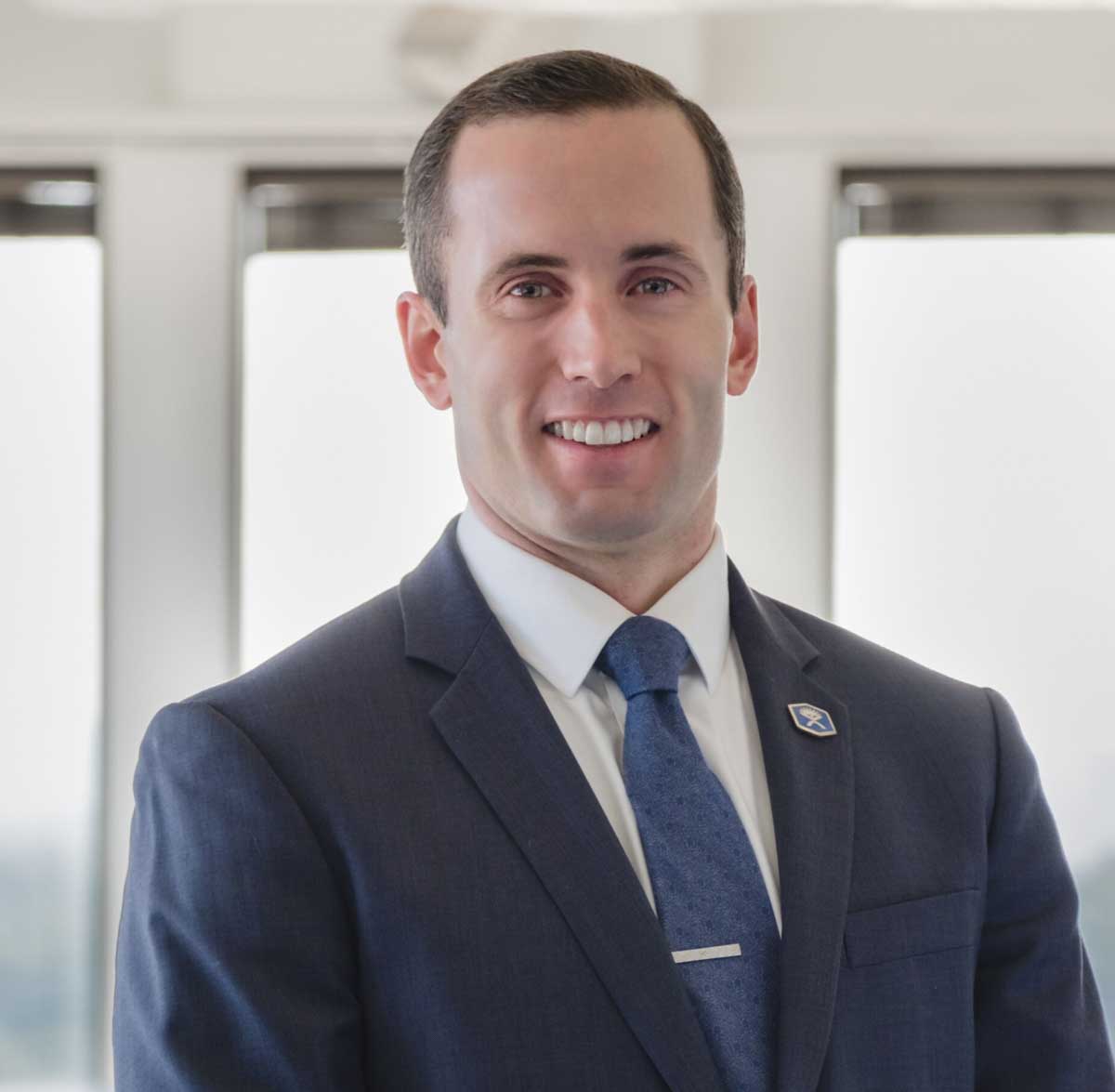Shoulder Joint Osteoarthritis and Physical Therapy: What You Need To Know

Shoulder osteoarthritis occurs when the tissues in the joint break down over time, causing pain and reduced mobility. Cartilage acts as a cushion between the bones in the joint. When it deteriorates, the bones rub against each other, leading to discomfort and inflammation.
While there is no cure for osteoarthritis, physical therapy is one of the most effective ways to manage symptoms and improve joint function. By combining targeted exercises, hands-on techniques, and personalized care, physical therapy helps reduce pain, increase strength, and restore mobility.
Whether you’re newly diagnosed with shoulder osteoarthritis or have been living with the condition for years, physical therapy can provide the tools and support you need to stay active and maintain your quality of life.
Learn more about shoulder arthritis rehabilitation, common causes and why physical therapy works.
What is Osteoarthritis?
Osteoarthritis is the breakdown of joint cartilage – the protective covering around bones within a joint space. In OA, typically, a specific joint is deteriorating, reducing joint padding, and the most common symptoms are pain and stiffness. The severity of symptoms vary from person to person. Some people feel mild pain and discomfort on occasion, while others experience more severe and continuous symptoms that get in the way of daily life. The experience also depends on the affected joint and other relevant factors.
Osteoarthritis vs Rheumatoid Arthritis
Arthritis is the swelling of joints in the body. There are different forms of arthritis. Rheumatoid arthritis (RA) and osteoarthritis (OA) are the most common types. In RA, the body’s immune system attacks joint tissue, and the resulting inflammation causes pain and typically impacts several joints at the same time.
H2 What Are the Causes of Osteoarthritis?
There are different reasons why cartilage breaks down over time and causes OA. Factors that contribute to developing OA include:
- Aging: Cartilage naturally wears down over time, making osteoarthritis more common in individuals over the age of 50. For many people, an OA diagnosis is related to aging.
- Joint Overuse or Injury: Repeated stress or trauma to a joint, such as fractures, dislocations, or ligament injuries, can damage cartilage and lead to osteoarthritis.
- Genetics: A family history of osteoarthritis increases the likelihood of developing the condition, as genetic factors may affect cartilage strength and joint structure.
- Weight: Body weight adds stress to weight-bearing joints like the knees and hips, with more weight increasing the risk of cartilage breakdown.
- Joint Abnormalities: Structural issues, such as misaligned joints or deformities, can lead to uneven cartilage wear and osteoarthritis.
Shoulder Arthritis Exercises For Rehabilitation
Since osteoarthritis can be painful, people often use the affected joint less. This can lead to weakening of muscle in the area. Any level of physical fitness training will improve your body’s resilience and physical capacity.
Osteoarthritis in the shoulder may lead to degeneration of muscles in and around the shoulder. To reverse this, shoulder-specific strengthening exercises should be completed as part of shoulder arthritis rehabilitation. Physical therapy exercises for shoulder arthritis include:
- Range of motion and stretching: the shoulder has a great range of motion and uses a lot of muscles. Keeping those muscles flexible can help improve function and diminish pain.
- Strengthening exercises: your physical therapist will give you exercises to strengthen all the different muscles surrounding the shoulder. They will adjust the exercises to what you can do, ensuring it does not cause you pain.
- You shouldn’t exclusively focus on the shoulder. Mobility at the shoulder is also influenced by strength and mobility in the back. Your physical therapist will tell you how to target those areas as part of your routine.
- Cardiovascular health also influences your body’s ability to heal. Doing aerobic exercises can complement your physical therapy.
Treating Shoulder Arthritis with Physical Therapy
Research shows that physical therapy is effective for treating shoulder osteoarthritis. Corticosteroid injections and surgery tend to provide short-term relief from pain and dysfunction, but they don’t treat the core issue and the side effects can make the problem worse.
Besides a targeted exercise routine, physical therapists can also use modalities (heat, ice, e-stim, and ultrasound) and manual stimulation (joint manipulation, mobilization, and massage) to provide relief. These approaches complement exercise and can make treatment more effective (both for OA and other shoulder-related conditions).
Working With a Physical Therapy For Arthritis
Physical therapy with a focus on exercise is the best way to manage an arthritic shoulder. This does not mean you should be exercising like you are preparing for the CrossFit games, but you should be challenging your body. Strengthening and conditioning are critical components for graduating from physical therapy and maintaining functional health.
This is where a skilled physical therapist can help. They will incorporate appropriate shoulder exercises into a comprehensive treatment plan. Good physical therapists avoid tunnel vision. The shoulder may be in pain, but it should not be the only area of focus.
If you are interested in learning more about shoulder arthritis rehabilitation, schedule an appointment with one of our local physical therapists.
ABOUT THE AUTHOR

Zach Walston (PT, DPT, OCS) grew up in Northern Virginia and earned his Bachelor of Science in Human Nutrition, Foods, and Exercise at Virginia Polytechnic Institute and State University. He then received his Doctorate of Physical Therapy from Emory University before graduating from the PT Solutions’ Orthopaedic Residency Program in 2015.
Zach has numerous research publications in peer-reviewed rehabilitation and medical journals. He has developed and taught weekend continuing education courses in the areas of plan of care development, exercise prescription, pain science, and nutrition. He has presented full education sessions at APTA NEXT conference and ACRM, PTAG, and FOTO annual conferences multiple platforms sessions and posters at CSM.
Zach is an active member of the Orthopedic and Research sections of the American Physical Therapy Association and the Physical Therapy Association of Georgia. He currently serves on the APTA Science and Practice Affairs Committee and the PTAG Barney Poole Leadership Academy.